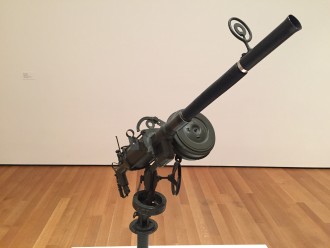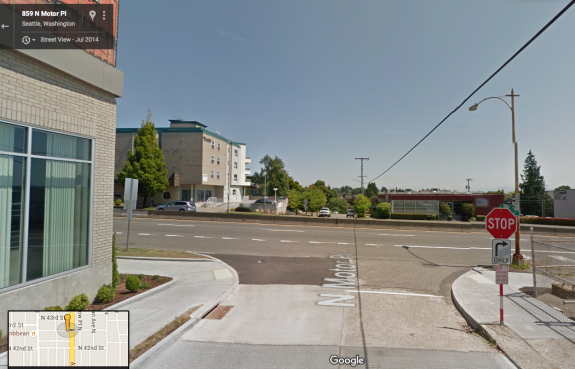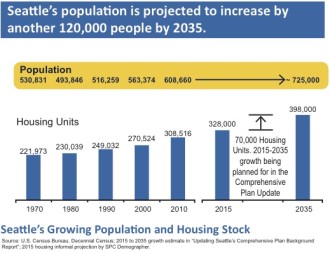 What if Bertha never finishes the SR 99 highway tunnel?
What if Bertha never finishes the SR 99 highway tunnel?
What if SR 99 doesn’t need to be a freeway-style highway through downtown at all?
And what if that’s true for the whole city, too?
In other words, what if we tear down that awful Aurora Ave median wall once and for all?
I’m talking about the freedom for Fremont and Wallingford to be together once again, the freedom for Phinney Ridge residents to once again have easy access to Green Lake, the freedom for businesses on Aurora to flourish now that their walk zones have doubled, and, yes, the freedom for people driving on Aurora to finally, at long last, make a left turn.
Mr. Inslee, tear down this Aurora wall!
Forget all about the sunk costs of the tunnel. Step back, take a deep breath, and reassess the situation. Because without a freeway downtown, we could bring those benefits all the way up the highway. Aurora could become what it should have been all along: A busy boulevard. A center of regional commerce and movement. An attraction, not a barrier.
Aurora is not a freeway. It is a commercial highway through dense neighborhoods with a 1930s-vintage freeway (then called a “speedway”) sloppily pasted on top of it. The basic design of the highway is so outdated it comes from an era when state leaders also thought it wise to name it the Jefferson Davis Memorial Highway. Yes, really. So, you know, those dudes made several questionable decisions that could use some revising.
Confederacy-worship aside, the design of Aurora has not evolved with the times and with the city around it. It’s not just outdated, confusing and ugly, it’s also dangerous. A 2008 safety project managed to get collisions down to about one a day and deaths down to one a month. That’s not even close to acceptable.
But it doesn’t have to be this way.
And unlike with I-5, it won’t take a multi-billion-dollar project to fix Aurora. Instead, all we have to do is peel away the old false freeway and add some more modern boulevard design elements instead. (more…)












